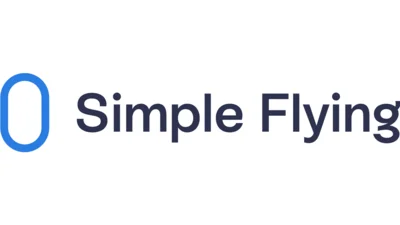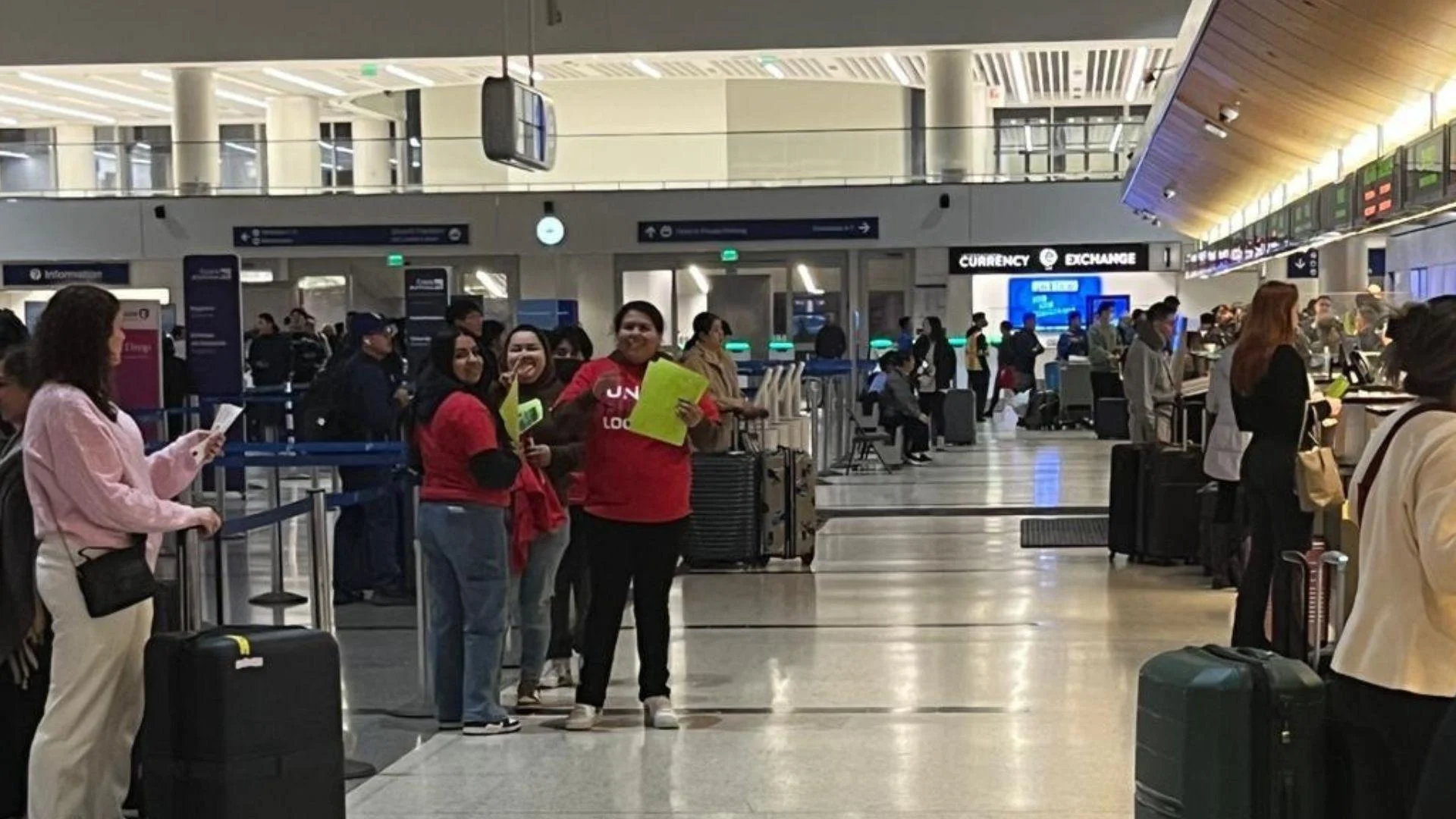However, not all flight attendants benefit equally from this deal. Junior flight attendants receive smaller raises compared to their senior counterparts. First through sixth-year attendants will see an 18% raise, equating to $5.47 per hour for new hires, while those in their thirteenth year will receive a 20% raise or $13.99 more per hour.
Critics argue that junior flight attendants who are struggling financially benefit the least from this agreement. Additionally, new hires will work straight reserve longer so that current employees can get better schedules—a situation likened to B-scale work rules.
The contract also limits base transfers for flight attendants due to provisions allowing out-of-base crew members to pick up trips. This could result in less need for base transfers despite understaffing issues.
Compared to Delta and United Airlines' contracts, American's agreement does not include a snap-up provision ensuring its competitiveness if other airlines offer better terms in future negotiations. While Delta's non-unionized staff receives annual raises and profit-sharing benefits from higher profits, American's locked-in future year increases range only from 2.75% to 3.5%.
Boarding pay has been another point of contention as it redistributes earnings from junior crew working shorter flights with more boarding time to senior staff who preferred higher wages instead.
Furthermore, the union did not negotiate a return to pre-pandemic staffing levels on widebody aircraft despite resuming service levels—another decision likely causing dissatisfaction among members.
Despite these drawbacks, many flight attendants opted for ratification rather than risk negotiating under potentially worse economic conditions later on—a strategy seen as prudent given recent outcomes at Southwest and Alaska Airlines where rejections led to better deals.
 Alerts Sign-up
Alerts Sign-up




































